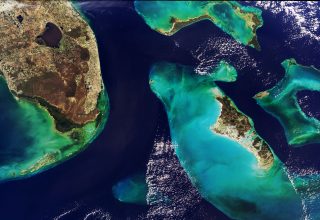
[5]For initial discussions regarding the establishment of global and trans-global infrastructures formed and implemented in cyberspace to ensure timely migration without the impediments of various geopolitical constraints imposed by national governments and alliances, see by G. Robinson and C. Smith, “Quantum Physics and the Biology of Space Law: The Interstitial Glue of Global Support for Space Migration and a Proposed Commercial Management Infrastructure”, in Annals of Air and Space Law 367, McGill Univ. Vol. XXXV (2010). See, also, by G. Robinson and R. Lauria, “Legal Rights and Accountability of Cyberpresence: A Void in Space Law/Astrolaw Jurisprudence”, in Annals of Air and Space Law 311, McGill Univ., Vol. XXVIII (2003); and by G. Robinson, “The Search for Biogenesis and the Lurch Toward Space Law Secularism”, in Annals of Air and Space Law 645-712, Vol. XXXIV (2009). It also should be noted at this point that jurisprudential concepts and implementing positive laws that find their genesis in Natural Law Theory describe the manner whereby domestic, international, and ultimately global and trans-global space programs and activities are conducted must be carefully integrated at the outset with the conceptualization, development, and implementation of the relevant space policies and programs. Space jurisprudence or legal philosophy, and the implementing positive laws, share the empirically-based properties of the programs and implementing projects they help formulate and activate. They also are biochemically-based and “quantifiable” disciplines, and must be treated as such by lawyers and non-lawyers alike as space migration is pursued and enhanced in a timely fashion necessary for species survival.
[6] Telecommunications Act of 1996, P.L. No. 104-104, 110 Stat. 56 (1996). This act was signed into law by President Clinton, and reflects the first major change to the Telecommunications Act since its inception in 1934.
__________
Photo credit for banner: NASA.gov
Download Article









